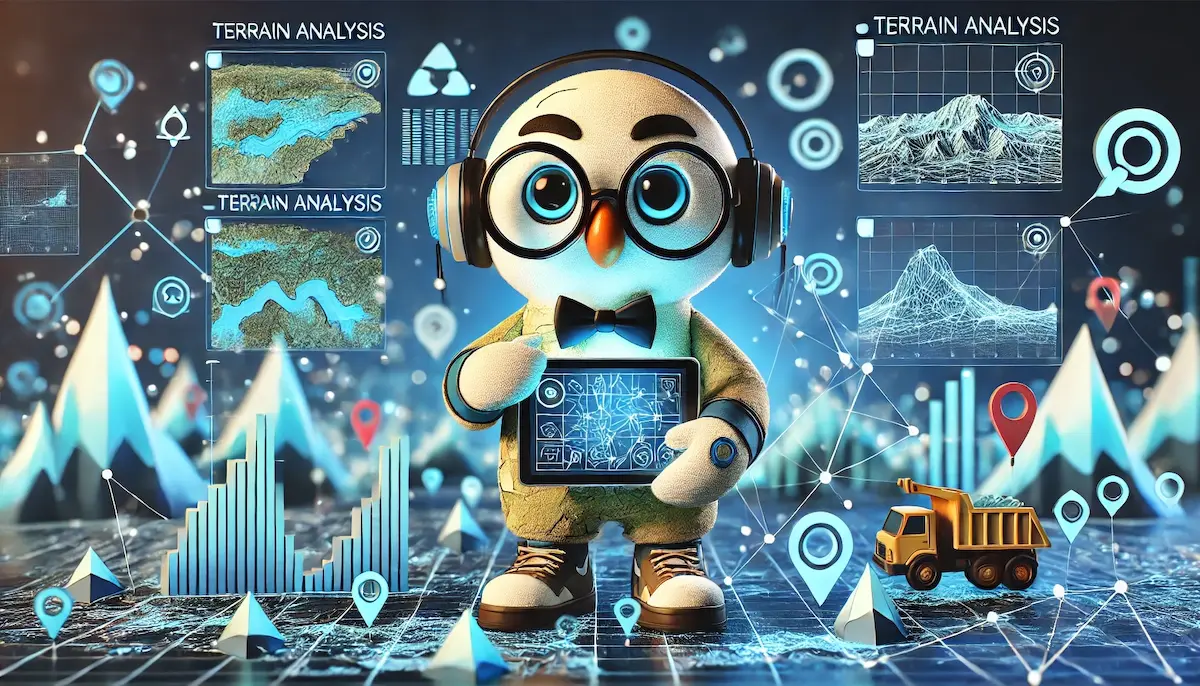Terrain analysis is a critical aspect of geographic studies and various applications that involve the natural landscape. By examining the physical features of a land area, terrain analysis helps us understand its characteristics, behavior, and potential uses. This article will delve into the essentials of terrain analysis, including its methods, applications, and significance.
What is Terrain Analysis?
Terrain analysis involves the examination of the earth’s surface to understand its features and patterns. It focuses on the study of topography, which includes the arrangement of natural and artificial physical features of an area. By analyzing terrain, we can gain insights into elevation, slope, aspect, and other critical attributes that define the landscape.
Key Components of Terrain Analysis
To conduct effective terrain analysis, several key components are involved:
1. Digital Elevation Models (DEMs)
DEMs are 3D representations of a terrain’s surface, created from elevation data. These models are essential for visualizing and analyzing the landscape. They can be generated using various data sources, including satellite imagery, LiDAR, and photogrammetry.
2. Slope Analysis
Slope analysis measures the steepness or incline of the terrain. It is crucial for understanding how water flows across the land, potential erosion areas, and suitable locations for construction or agriculture.
3. Aspect Analysis
Aspect analysis determines the direction in which a slope faces. This is important for understanding sunlight exposure, wind patterns, and microclimates, which can influence vegetation growth and human activities.
4. Contour Mapping
Contour mapping involves drawing lines on a map to connect points of equal elevation. This helps in visualizing the shape and elevation changes of the terrain, making it easier to interpret complex landscapes.
Applications of Terrain Analysis
Terrain analysis has a wide range of applications across different fields:
1. Urban and Regional Planning
Urban planners use terrain analysis to determine suitable locations for infrastructure development, zoning, and land use planning. Understanding the terrain helps in designing cities that are safe, sustainable, and efficient.
2. Environmental Conservation
Environmentalists rely on terrain analysis to manage natural resources, monitor habitats, and plan conservation efforts. It aids in identifying critical areas for wildlife protection and assessing the impact of human activities on the environment.
3. Agriculture
Farmers and agricultural planners use terrain analysis to optimize land use. By understanding soil types, slope, and aspect, they can determine the best crops to plant and implement effective irrigation systems.
4. Disaster Management
Terrain analysis is crucial for disaster risk assessment and management. It helps in identifying flood-prone areas, landslide risks, and planning evacuation routes during natural disasters.
5. Military Operations
Military strategists use terrain analysis for planning maneuvers, establishing defensive positions, and understanding the battlefield. Terrain features can significantly influence the outcomes of military operations.
Tools and Techniques in Terrain Analysis
Various tools and techniques are employed in terrain analysis to gather and interpret data:
1. Geographic Information Systems (GIS)
GIS software is widely used for terrain analysis. It allows the integration and analysis of various data types, creating detailed maps and models of the terrain.
2. Remote Sensing
Remote sensing involves collecting data from satellites or aircraft to analyze the earth’s surface. This technology provides accurate and up-to-date information on terrain features.
3. LiDAR (Light Detection and Ranging)
LiDAR uses laser pulses to measure distances and create high-resolution 3D models of the terrain. It is particularly useful for detailed topographic mapping and vegetation analysis.
The Future of Terrain Analysis
The future of terrain analysis is promising, with advancements in technology continually enhancing its capabilities. Emerging tools such as artificial intelligence and machine learning are being integrated into terrain analysis, enabling more accurate predictions and real-time data processing. These innovations will further improve our ability to understand and manage the natural landscape.
Terrain analysis is an indispensable tool in various domains, helping us make informed decisions and develop sustainable solutions. As technology advances, its applications will only continue to grow, providing deeper insights into the world’s diverse terrains.
Blockfine thanks you for reading and hopes you found this article helpful.
